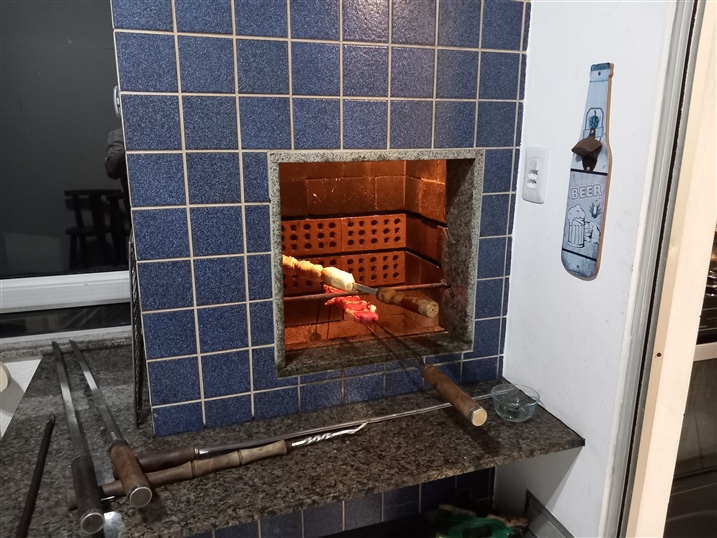hello good day
There have been many questions over time on this subject and surprisingly [to me] it seems that more often than not there is little/no objection to doing so... even suggesting in some cases that it is no different to running cables in/through/down wall cavities. There is no specific regulatory reason ever presented either to suggest not.
My take has always been that the/a fire place and chimney , even if blocked up, (and similar to a wall cavity) has a specific purpose and is not expected to carry cables within/though it; is/can be subject to environmental factors [arguably] difficult to mitigate; might get repurposed again (in case of blocked up fireplace). Based on that, despite being asked, I've not ever run cables within/through such.
The other day I was questioned and considered as being over-cautious regarding [yet another] request for a socket behind a tv on a chimney breast, with a blocked up fireplace below (complete with air vent grille) of course. "Cant you just drill into it and take a wire through from a socket on the side to the socket behind the TV position, as it would be the easiest option". No I said again leaving out he fishing of cable etc.
Well, always willing to review being over cautious and take correction, so what's the view from folks on this forum ... have 'you' done such , or think it similarly inappropriate ?
